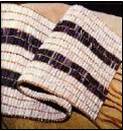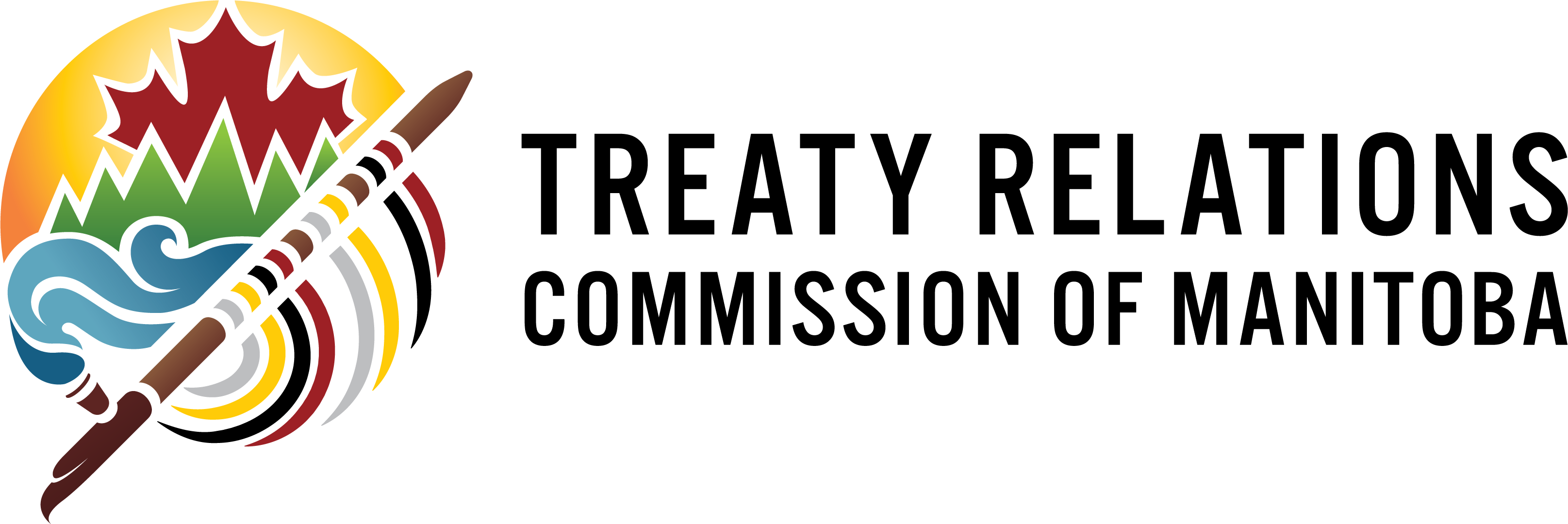First Nations Treaties

To First Nations, Treaty-making was an established and esteemed practice. Treaties were solemn agreements centred on trade, the passage between territories, strengthening alliances, and peacemaking. They were oral agreements, renewed annually, solidified with ceremony, and made in the presence of the Creator.
In Eastern Canada, First Nations used wampum belts to record Treaty promises. In the west, Knowledge Keepers and Elders remembered the Treaty terms and revisited them annually. Negotiation was an honoured skill, and verbal promises and handshakes provided acceptance of the Treaty.
For First Nations, the heart of Treaty-making was building relationships, not ownership of land and resources. As well, First Nations belief systems meant no person claimed authority over land and waters. Instead, First Nations respected Mother Earth as a life-giver.
Treaty-making was a community forum as well. While Nation-to-Nation Treaty-making was done among leaders, First Nations women, Elders, and community members were integral and valued parts of the process.
Many of Manitoba’s First Nations still hold annual Treaty Day celebrations showcasing local culture, traditions, sporting events, and honouring their Treaty with the Crown.
